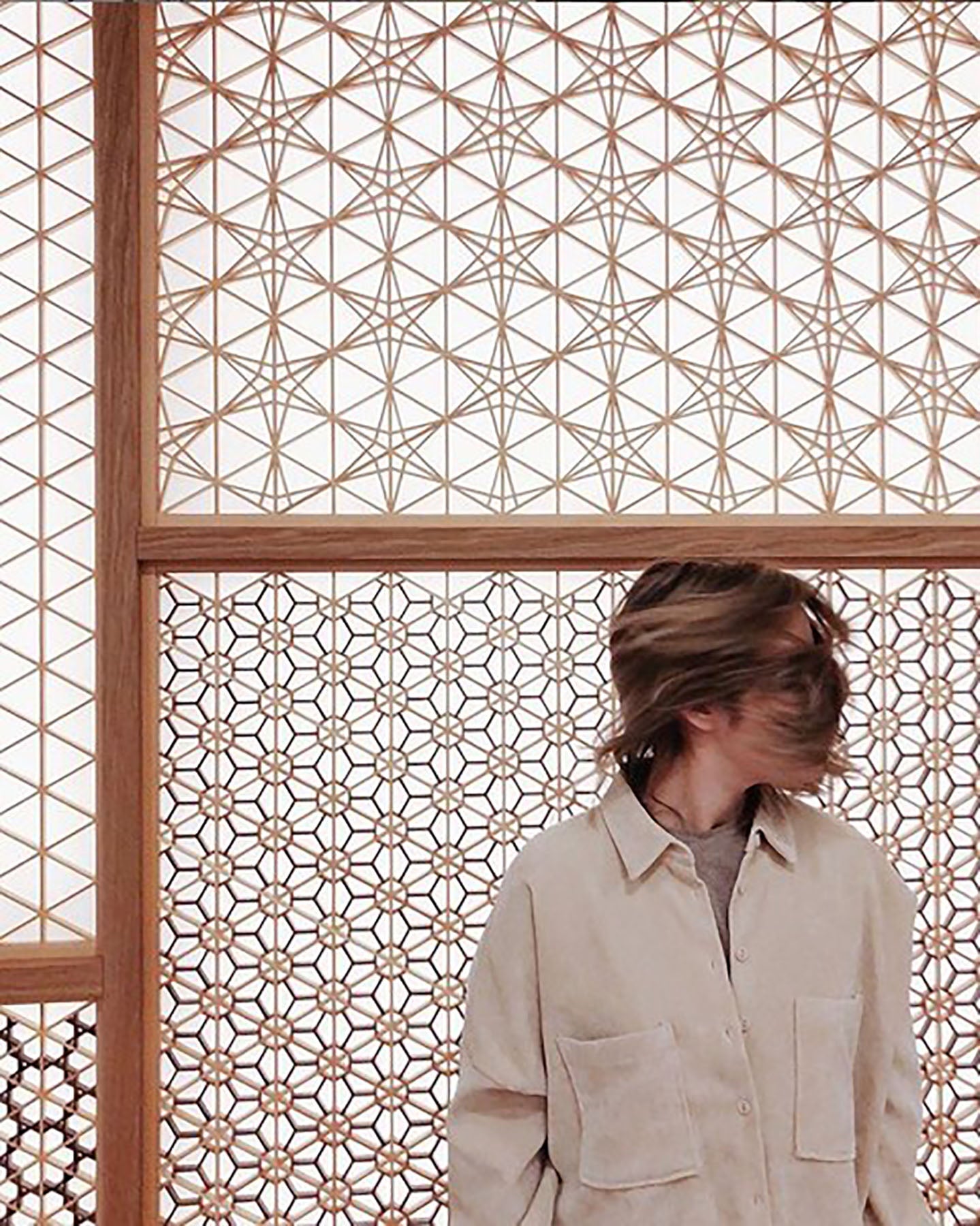About WOODFOR
Bringing the Art of Kumiko to the World
At KumikoLab.com, we're proud to feature WOODFOR, a company that embodies the meticulous craftsmanship and profound beauty of Kumiko, the traditional Japanese woodworking technique.
Our Products
Craftsmanship for Every Need
Today, WOODFOR offers a diverse range of products, all reflecting our commitment to quality and authenticity:
Kumiko Panels: Stunning, pre-assembled panels perfect for adding a touch of Japanese elegance to interiors, furniture, or as standalone art pieces.
Stripes for Panels: High-precision wooden strips, ideal for custom projects, repairs, or for those who prefer to create their own intricate patterns from scratch.
DIY Kumiko Kits: Our internationally acclaimed kits provide everything you need to embark on your Kumiko journey, complete with all materials and clear instructions to guide you.
Finished Products: For those seeking ready-made kumiko pieces, our collection of finished products
includes exquisite furniture, room dividers, and decorative items.Instruments: our designed jigs will support you to create Kumiko yourself.

Join the Global Kumiko Community
At WOODFOR,
we are more than just manufacturers; we are advocates for the art of Kumiko.
Through our products, panels and especially our accessible DIY kits, we invite you to experience the beauty, precision, and meditative process of this
incredible craft.
We are thrilled to be a part of your creative journey and look forward to seeing the beautiful Kumiko you bring to life!
Our Achievements
Over the past five years, WOODFOR has successfully completed customized projects in Kazakhstan and CIS, leaving a mark of excellence in craftsmanship. Our DIY kits are in demand worldwide. From the United States and Europe to Australia, Asia, and Central Asia, we cater to customers who appreciate the timeless beauty of
Kumiko patterns.

